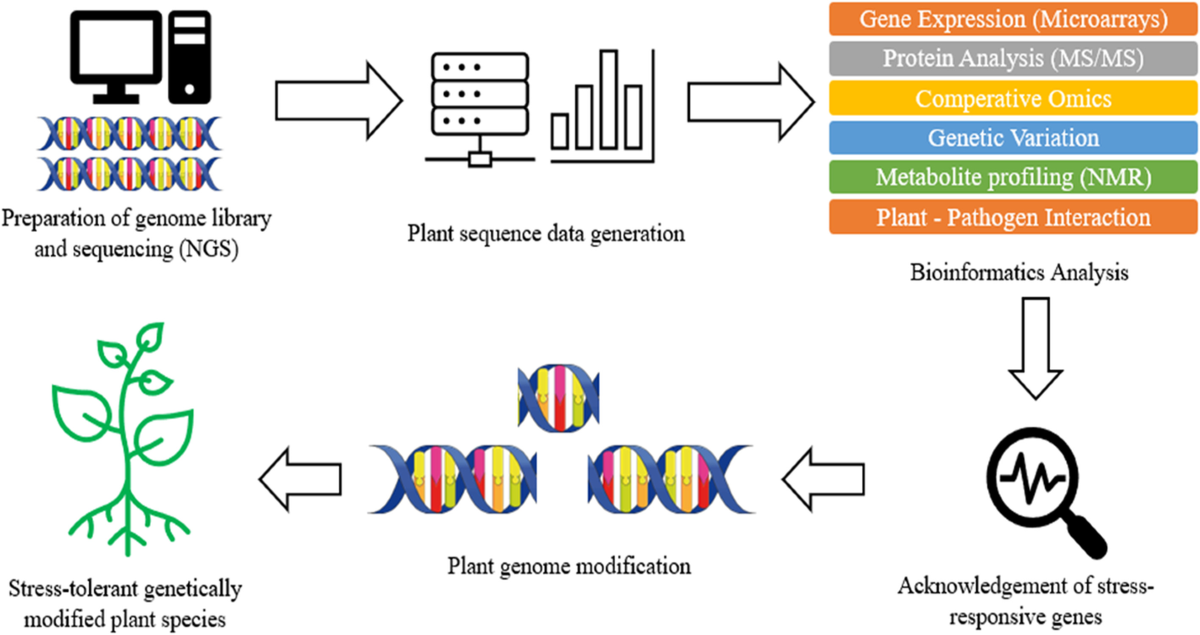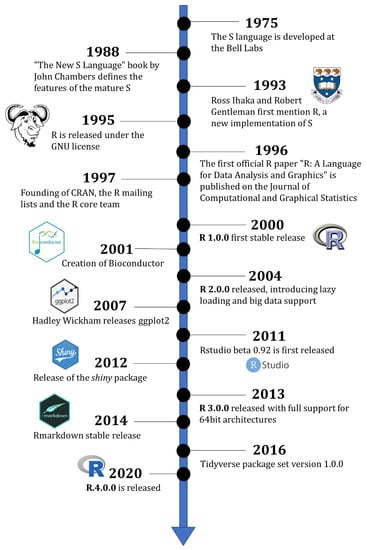Bioinformatics Tutor Can Be Fun For Everyone
Not known Details About Bioinformatics Tutor
Table of ContentsBioinformatics Tutor Can Be Fun For Everyone8 Simple Techniques For Bioinformatics TutorThe Main Principles Of Bioinformatics Tutor The smart Trick of Bioinformatics Tutor That Nobody is DiscussingThe 8-Minute Rule for Bioinformatics Tutor
First project advancement is rather time-consuming, as it entails careful planning of the topic, structuring of deliverables, and factor to consider of the abilities and experience degrees of participants. Nonetheless, as soon as a job has been clearly defined and implemented, it has the possible to be recycled in future sessions with only minor revisions to reflect updates in the area or suit differences in individual histories. This makes project-based finding out a lasting and effective training method over time, particularly in quickly progressing techniques like bioinformatics.To guarantee connection and reproducibility of knowing, giving common lab notebooks-- either physical or digital-- is crucial. These note pads function as collective logs where trainees can tape-record their progress, code, methods, and results throughout the course. Not only do they strengthen understanding by urging documentation and representation, yet they also act as post-course recommendation materials that participants can seek advice from in future research or academic projects.
Advisors play a crucial function in the success of project-based training courses. Coaches additionally act as role models and motivate students to proceed seeking jobs in computational biology and related areas.
Unknown Facts About Bioinformatics Tutor
Another key aspect of the learning procedure is giving individuals the chance to provide their work to others, particularly to a target market past their instant project team. Last discussions or mini-conferences allow students to express their searchings for, get constructive responses, and gain self-confidence in interacting scientific web content. This discussion component is usually a preferred among students, as it confirms their efforts and highlights the real-world relevance of their job.
The efficiency of this method was evidenced by the overwhelmingly favorable feedback obtained after the preliminary course was supplied. The success triggered repeat offerings of the same training course style in 2015 and 2016. Each iteration of the program was fine-tuned based on participant responses and developing best techniques in pedagogy. These adjustments guaranteed that the core purposes-- hands-on learning, collaboration, and applied analytic-- continued to be intact while broadening the deepness and breadth of subjects covered.
A significant visualization that recorded individual sentiment was a word cloud produced from actions to the 2014 end-of-course study. This aesthetic feedback strengthened the program's emphasis on experiential discovering and advisor assistance.
The payments of people such as Rustici, G., Orchard, S., Cowley, A., and Twells, R., in addition to various other members of the EBI user-training-working group, were important in fine-tuning the program framework and material. Their understandings aided form a adaptable and comprehensive model that could be adapted to various institutional and regional contexts.
Some Known Details About Bioinformatics Tutor

Jones, Rasmussen, and Moffitt (1997) additionally promoted for interdisciplinary learning with collaborative job work, noting its capability to simulate expert environments and prepare trainees for future scholastic or market duties. In an extensive testimonial, Thomas (2000) analyzed multiple researches on PBL and wrapped up that pupils not just carry out well academically yet also establish a much deeper understanding of the subject matter and boosted teamwork abilities.
In the context of bioinformatics education and learning, ingenious approaches like classroom games and simulation-based training have actually also been utilized. As an example, Schneider and Jimenez (2013) introduced using interactive video games to teach biological information assimilation, enabling trainees to have a peek at this website understand intricate concepts through experiential discovering. This kind of gamification complements the hands-on knowing stressed in project-based training courses by presenting Homepage an aspect of enjoyable and competitors, which can additionally improve engagement.
Returning to the program gone over right here, the lessons discovered from the execution of project-based learning in a bioinformatics setting have broader ramifications for various other STEM fields. The technique stresses not simply technological effectiveness, yet likewise interaction, cooperation, and critical thinking-- abilities that are significantly valued in both academia and market.
Bioinformatics Tutor - Questions
The scalability of the course style likewise makes it a viable model for various other organizations. With proper customization based on local demands, readily available sources, and individual accounts, the framework can be reproduced or adapted for usage in other scientific domain names. Furthermore, the incorporation of structured mentorship and assessment techniques assists ensure regular top quality and measurable discovering outcomes.

To conclude, project-based discovering in bioinformatics provides a powerful strategy to teaching complicated, interdisciplinary material in a method that is both accessible and intellectually stimulating. By highlighting collaboration, practical application, and essential questions, such campaigns not just boost private learning however also contribute to the growing of a new generation of skilled and innovative researchers.
Getting My Bioinformatics Tutor To Work

An additional key aspect of the learning procedure is offering individuals the chance to present their job to others, specifically to a target market past their instant project group.In the broader academic literature, project-based knowing (PBL) has been extensively researched and verified as an efficient approach for advertising deep understanding, vital reasoning, and transferable abilities. Adderley et al. (1975) emphasized the value of task methods in higher education, keeping in mind that they promote energetic knowing and freedom. Schneider and Jimenez (2013) presented the use of interactive video games to teach biological information assimilation, allowing trainees to realize complicated ideas via experiential learning.